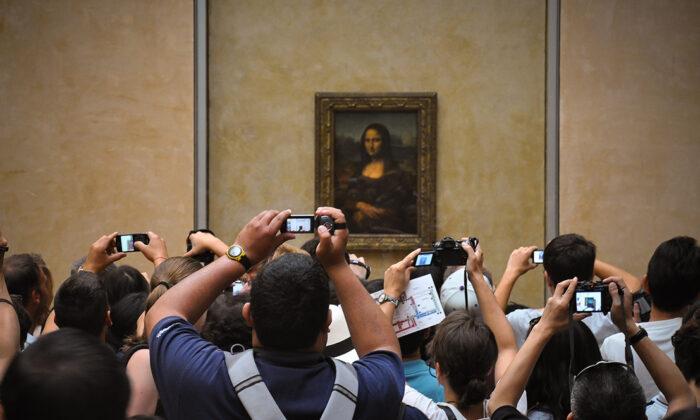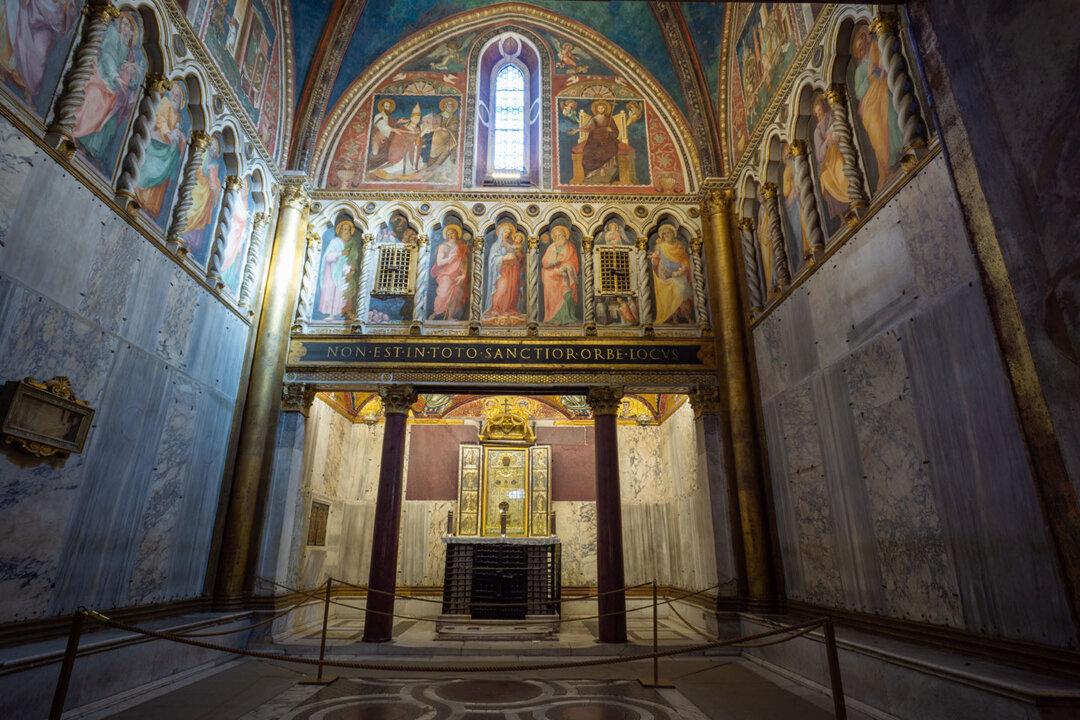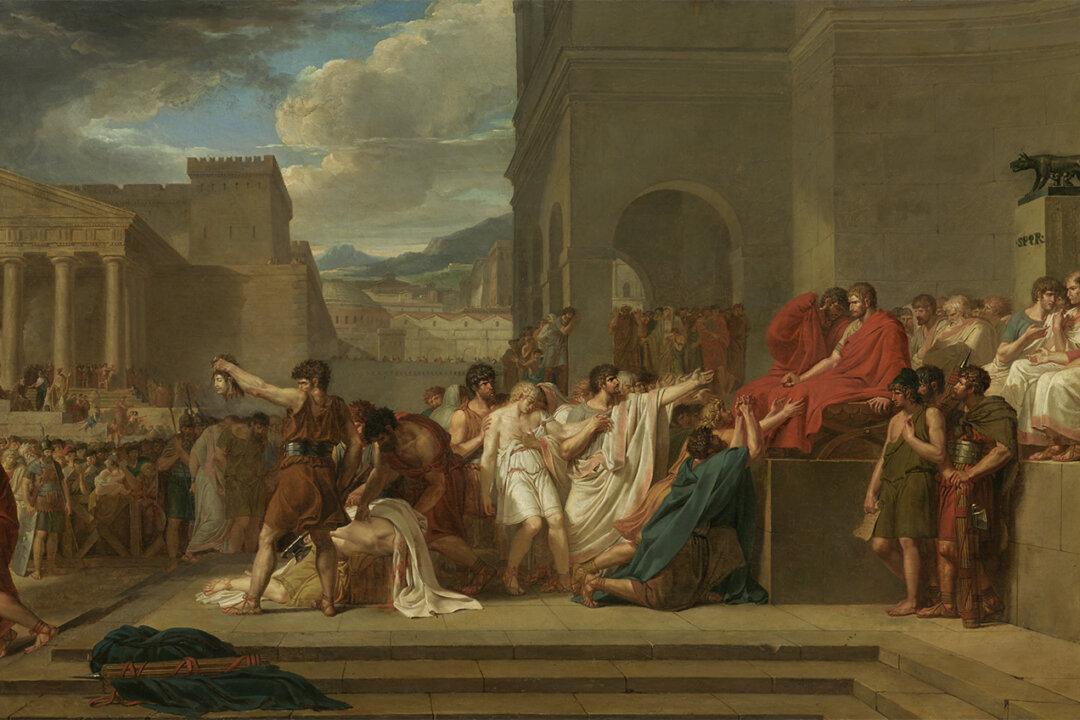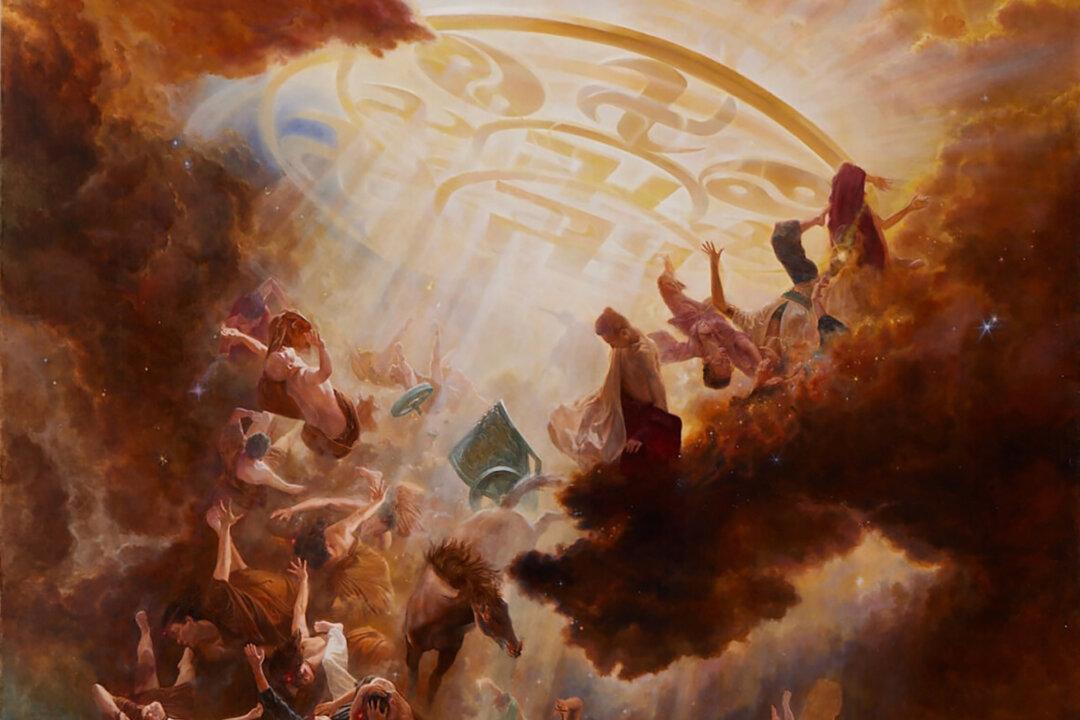Assiduously copied, zealously photographed, and widely circulated, images of Leonardo’s “Mona Lisa” and “The Last Supper” have pervaded Western society and beyond. The latter, though deteriorating in a Milanese convent since the late 15th century, has never ceased to draw crowds. The former is worshipped by every visitor to the Louvre, in Paris, where it is displayed. A cultural symbol more than a painting, the “Mona Lisa” has invited both theft and vandalism.
Masterpieces as they are, these works have received disproportionate attention due to their quasi-mythical status in the popular imagination. It’s no wonder that they have, since in his long and industrious career, the artist started many projects but finished only a handful. So any discovery of a “lost Leonardo” is bound to raise an uproar in the art world, and the prospect of owning one titillates the most prudent collector.
In Leonardo’s own day, the celebrated genius was nevertheless known as a notorious procrastinator, especially for his habit of routinely abandoning commissions. Undertaken in his native Florence, one painting—its monumental ambition and ruin—especially epitomizes that ambivalent mixture of frustration, regret, and simultaneously a design of the highest artistic level. This was “The Battle of Anghiari,” Leonardo’s planned fresco. Commissioned by the republican government in 1504, this painting was to be part of a resounding display of patriotism in an imposing meeting chamber in the Florentine city hall, the Palazzo Vecchio.

Working at one wall was Leonardo da Vinci, the 52-year-old polymath whose artistic genius was famed throughout Italy. Pitted against him was the emerging Michelangelo Buonarroti, whose marble “Pietà” and “David” had become instant classics. Both artists were native to the city, and they were each ordered to create a military scene of Florentine victory. This was an unabashed display of civic glory—two historical battles painted by the city’s most eminent artists, which would announce to the world both the military might of the republic and its influential cultural achievements.
That patriotic dream was short lived, as neither artist ended up finishing his painting. Michelangelo, having drafted a cartoon (a drawing used to transfer an image to the area being painted) filled with sculptural figures, was soon summoned to Rome by the pope and left the sketches for his followers to study. Leonardo, however, was intent on completing his monumental work. He built an ingenious scaffold that could be raised and folded like an accordion, and began applying colors onto the wall.
In a highly entrepreneurial spirit, the artist experimented with a thick wax undercoat and oil pigments—unconventional in the painting of frescos. This novel method backfired; the paint started to drip and the colors intermingled. After a desperate and unprofitable attempt to dry the painted surface with charcoal braziers, Leonardo soon abandoned the project and departed for Milan, never again returning to the work he had started.

For the next 50 years, the unfinished battle scene hung in the Palazzo Vecchio like a ghostly apparition, until the city hall underwent a complete renovation for the new ducal regime. But Leonardo’s genius shone through, even in the painting’s fragmentary state. The central scene came to be copied by generations of printmakers. In the 17th century, the design circulated to France and the Netherlands through such admirers as Peter Paul Rubens.
In the scene, men and horses engage in heated battle as they fight for the war banner. The composition is unified with the emotional intensity immediately evident in the tensed muscles of the horses, the dynamic movement of the human figures, and most apparently in the men’s tormented facial expressions. It conjures up the highest moment of the historical battle and transports the viewer to the battlefield. We hear the clashing of murderous metal and the neighing of the combatant horses as we witness the deathly fierceness of the men.

For Leonardo, capturing the observable subtleties of physical form was the way for the artist to penetrate the human mind. However, in these battling men we see none of the heroism and glory befitting a commemoration of victory. Perhaps, for the artist, there really wasn’t anything glorious or worth celebrating about war. In the name of patriotism, it can turn men into monsters whose contorted faces speak only of ruthlessness, horror, agony, and death.
Throughout his life, Leonardo strove with his paintbrush to convey the entire range of human expressions. If in “The Last Supper” he sought to portray the peace and compassion of the divine, here instead he captured the unrestrained ferocity and madness of the infernal. For him, as much as for us, these two represent humanity at the extremes of behavior and intention.





